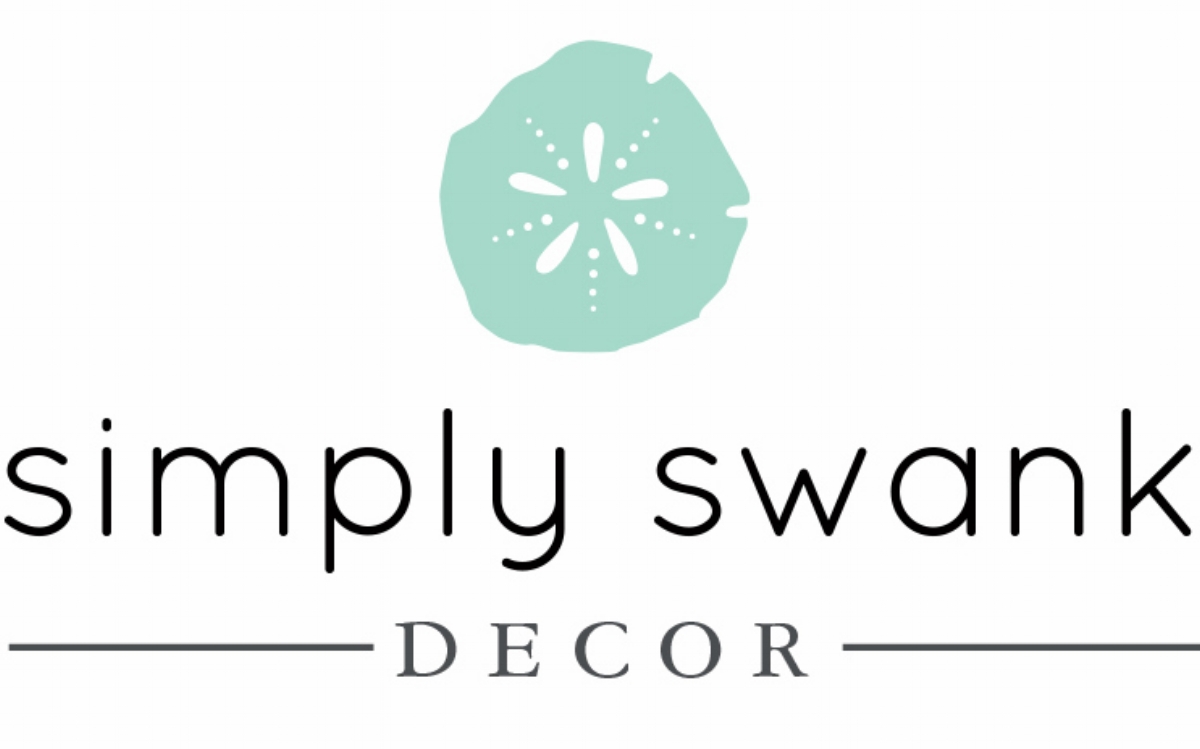Happy Friday all! What DIY projects do you have lined up for the weekend? I know many of you (me included!) are planning to paint as part of a spring refresh or home reno project. I also know that you are faced with a LOT of questions and decisions when you buy paint: matte, eggshell, semi-gloss; VOC free, low VOC; alkyd, latex, oil? This can be overwhelming and confusing (and here you thought it was just going to be a quick paint job to update and refresh that room!!).
I thought it was timely to provide a primer (pun intended!) on paint: what to use where; what are VOCs and why should you be wary; and which paint is best to use. I won’t identify specific brands as they all have these options and a zillion colours available; the only difference is in price point.
Paint Finishes
A paint finish refers to the amount of sheen that appears on your walls.
Matte or Flat
Just as the word says, this finish is flat which is great for masking flaws on the surface to be painted. Generally matte paint is used on the ceiling where you don’t want any reflection but it can also enhance the richness of a colour when used on walls and makes walls appear velvety.
Eggshell or Satin
Eggshell has slightly more sheen than a flat finish, but won't leave walls looking shiny. It resists stains better than matte and can be wiped with a wet rag. This finish is often used in bathrooms, kitchens, kids' rooms, and other high-traffic areas.
Semi-gloss
Semi-gloss is more durable than eggshell, so will show less wear. It will reflect more light than eggshell when dry and show imperfections on the walls so be sure to repair these before painting so they don’t standout. Semi-gloss is the best finish for cleaning so is a good choice for a kids' bedroom, bathroom or kitchen and is also popular for trim, doors, and furniture. Also, if the room to be painted is north facing and/or doesn’t get much light or is small, a semi-gloss finish works well as it reflects light and makes spaces feel brighter and more spacious.
Gloss
Gloss paint is best for windows and trims. It also works really well for furniture due to its durable and shiny finish. Some also recommend glossy paint for a glam look!
Types of Paint
When I talk about the types of paint, I’m referring to the content of the product, not the finish.
Latex
Latex is a water-based paint that dries quickly, cleans up easily with water and produces very little odor.
Oil/Alkyd
Oil or alkyd paint dries slower, has a strong odor and requires chemicals to clean up tools - and yourself! The advantage to oil or alkyd paint is that it has a very durable finish that is resistant to stains, fingerprints and scratches. It is well suited to rough surfaces, furniture and floors as it sticks to surfaces really well.
VOCs
VOCs are carbon-based chemicals contained in some paints that are easily evaporated at room temperature. VOCs don’t necessarily have an odor which makes them deceptive in terms of risk, i.e. if you can’t smell them doesn’t mean there’s no danger or that you aren’t inhaling them. So paints that are low or no VOC are better options as working with them reduces the risk of harmful effects from inhalation.
Primers
Back in the ‘olden’ days, it was recommended that surfaces be primed before being painted. Thankfully the majority of paints now have built in primer so it reduces the number of steps you need to take when painting a room. This is particularly handy if you’re painting over a paint colour such as eye searing neon green! I especially LOVE the ceiling paints with built in primers that go on pink and dry white so you can see exactly where you’ve painted – genius!
I hope you find this primer helpful and that it provides a handy reference guide for selecting the best paint for your project – after the challenge of picking the perfect colour of course!


